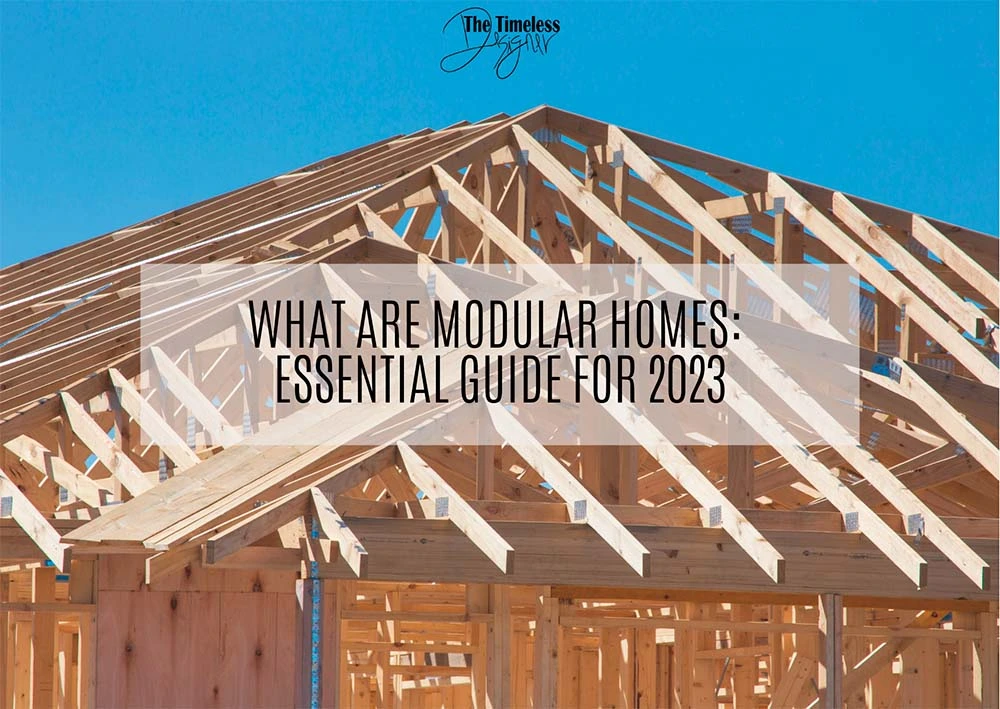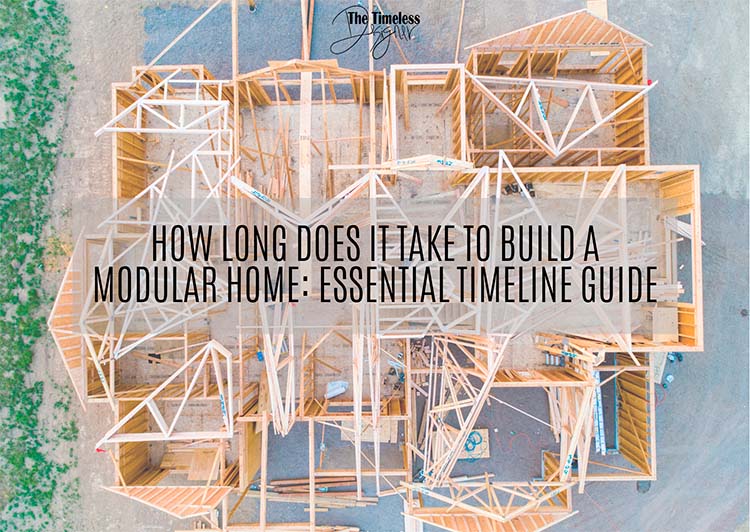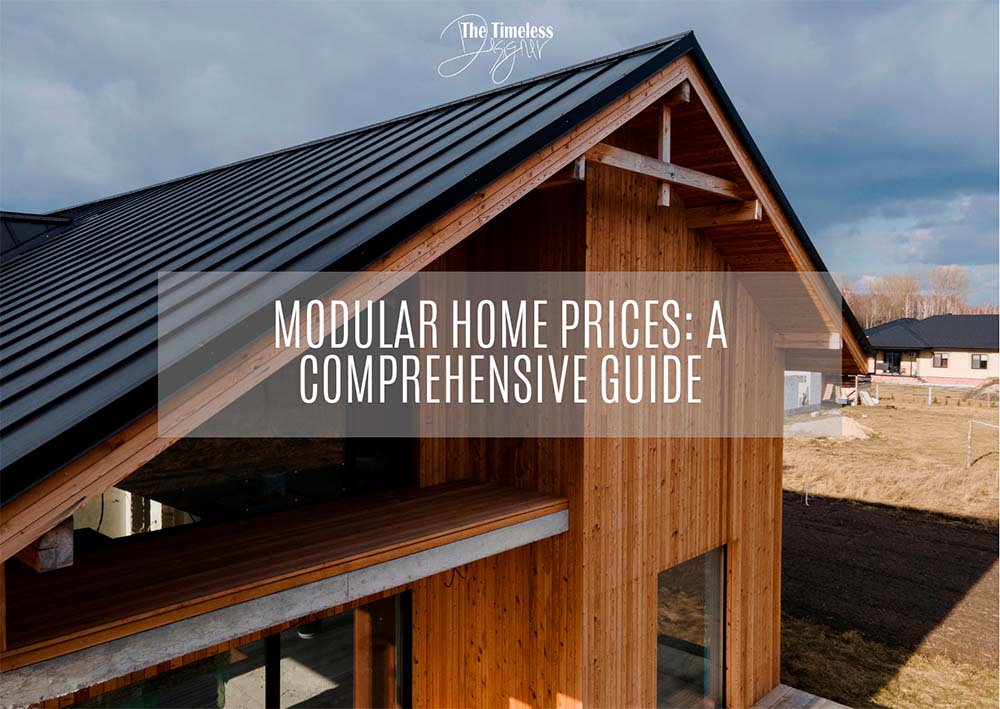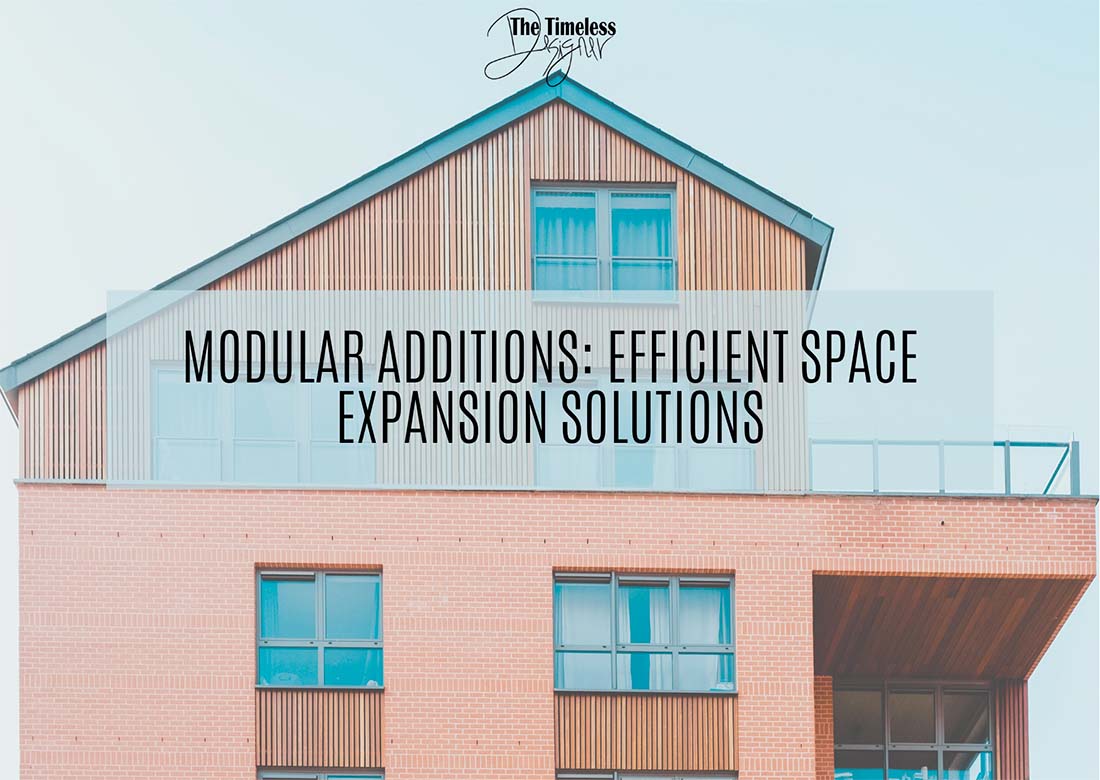Navigating the complex maze of homeownership has never been more challenging and rewarding. As with any housing choice, understanding the pros and cons of modular homes is crucial. So, whether you’re an eco-conscious individual or a savvy investor looking for cost efficiency, there’s a lot to weigh in.
Throughout this article, we’ll delve into the advantages of modular homes – from cost savings to environmental sustainability – but we’ll also tackle the drawbacks head-on, equipping you with the knowledge to make the best decision. We’ll conclude with key takeaways and practical advice you won’t want to miss.
Stick with us till the end, and we promise you an informative, enlightening journey that leaves you feeling confident and empowered in your search for the perfect home.
What Are Modular Homes
Modular homes are residences built in sections or modules in a controlled factory setting and then transported to the home site for assembly.
Pros of Modular Homes
Customization, Design Options and Additions
With modular homes, you have a wide range of design options to choose from. You can customize your floor plans, building materials, finishes, and more to create your dream home. Modular homes offer flexibility in design, allowing you to create a home that suits your unique preferences and lifestyle.
Another compelling feature of modular homes lies in their scalability through additions and potential for future expansion. Whether you envisage a second story, a garage, an additional bedroom, an expanded living area, or even a basement, modular homes offer the versatility to adapt to your changing needs.
Quality Control and Materials
One of the major advantages of modular homes is the stringent quality control measures. Modular homes are built in a controlled factory setting, ensuring that every component meets strict quality standards. This means that you can expect high-quality materials, precision workmanship, and a well-constructed home. Additionally, since construction occurs indoors, materials are protected from weather damage, reducing the chances of long-term issues like water damage or mold.
Energy Efficiency
Modular homes are known for their energy efficiency. Many come fully outfitted with energy-efficient windows, siding, and insulation, reducing your home’s overall energy consumption. This not only benefits the environment but also cuts down your monthly utility bills. If you’re looking to lower your carbon footprint and save on energy costs, a modular home might be the perfect choice for you.
Construction Time and Efficiency
A significant pro of modular homes is the reduced construction time. Since modular homes are constructed off-site in a factory, weather-related delays are minimized, and multiple stages of construction can occur simultaneously. As a result, you can move into your new home more quickly compared to traditional site-built homes. This efficient construction process means you’ll spend less time waiting and more time enjoying your beautiful new home.
Affordability and Pricing
One of the standout advantages of modular homes is their affordability. The cost per square foot for a modular home can be significantly less than that of a traditional stick-built home. This is due, in part, to efficiencies gained from constructing the home in a factory where waste is minimized, bulk materials are purchased, and labor is used more efficiently.
In addition, the cost of a modular home is more predictable. When a modular home is ordered, the price generally includes the cost of the module construction, interior finishes, and the assembly of the modules on site. This means there are fewer unexpected costs, which often occur in traditional construction due to issues such as weather delays, changes in material prices, or labor shortages.
Cons of Modular Homes
Transportation and Budget Considerations
Transporting a modular home from the factory to your land can be both challenging and costly. You may encounter obstacles such as narrow roads, low bridges, or other logistical issues that add to the transportation costs. Additionally, laying the foundation for a modular home can be expensive, with costs ranging from $5,000 to nearly $20,000 on average. It’s essential to keep these aspects in mind and factor them into your overall budget.
Resale Value
Although modular homes are built to last and can offer similar levels of quality as traditional homes, they may not hold their value as well over time. The resale value of a modular home may be lower than that of a site-built home, primarily due to the perception and stigma around modular construction. Ensure you do thorough research on the local property market, consider the potential resale value, and keep your expectations realistic.
Perception and Stigma
Unfortunately, some people might perceive modular homes as less desirable or lower quality compared to traditionally built homes. As a modular homeowner, you might face public perception bias, potentially affecting your home’s value and appeal to potential buyers. It’s important to be aware of these attitudes and understand that it might take extra effort to challenge and overcome these biases when selling your modular home.
Remember to weigh the pros and cons carefully, considering factors like transportation, budget, resale value, and public perception before deciding on a modular home.
Differences Between Modular Homes and Other Types of Construction
Modular Vs Manufactured Homes
Modular homes and manufactured homes have some similarities, but they are distinctly different types of housing. Modular homes are built in sections in a factory, following local and regional building codes, and then assembled on a permanent foundation at the home site. In contrast, manufactured homes, also known as mobile homes, are constructed entirely in a factory under federal HUD guidelines and placed on a non-permanent foundation, such as piers or a steel chassis.
Modular Vs Site-Built Homes
Site-built homes are constructed entirely on the homeowner’s property, starting with a foundation and building the home up from there, following local and regional building codes. On the other hand, modular homes, as mentioned earlier, are built in sections in a factory and then transported to the home site for assembly. Some key differences between the two include:
- Construction process: Modular homes are built indoors and are less susceptible to weather delays and damage, whereas site-built homes may face weather-related construction challenges.
- Cost: Modular homes can be more affordable compared to site-built homes due to a faster construction time and lower labor and material costs.
- Energy efficiency: Modular homes often come with energy-efficient features, such as insulation and windows, which can result in lower energy consumption.
Modular Vs Prefab Homes
The terms modular and prefab (short for prefabricated) are often used interchangeably, but there are differences between the two types of homes. Prefab homes are a broader category that includes modular homes, but also encompasses other types of factory-built homes, like panelized and kit homes. While both modular and prefab homes are built in a factory, the main difference lies in the level of assembly before reaching the home site:
- Modular homes: Built in sections that are completed in the factory and then transported to the site for final assembly.
- Prefab homes: Can include different types of construction, like panelized homes, which are partially or mostly assembled in the factory, or kit homes, which are shipped to the site for assembly.
Conclusion
The realm of modular homes is rich and diverse, presenting a range of viable options for future homeowners. The cost-effectiveness, energy efficiency, and customizable nature of these homes, coupled with their stringent quality control, make them an attractive alternative to the conventional site-built homes. They hold the power to revolutionize our perspective towards housing with their reduced environmental footprint and swifter construction times.
Nonetheless, prospective homeowners should be aware of the intricacies involved. Challenges such as transportation and potential public perception bias need to be taken into account. Understanding and navigating the permitting process can be a daunting task, yet it’s essential for a smooth transition into your modular home.
Remember, every home – be it modular, manufactured, site-built, or prefab – has its own unique advantages and potential drawbacks. What’s most important is that the home you choose meets your needs, aligns with your lifestyle, and makes you feel comfortable, safe, and happy. After all, there’s no place like home.




